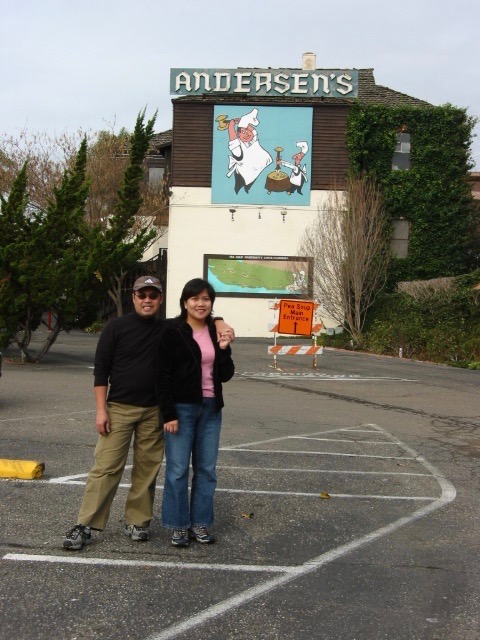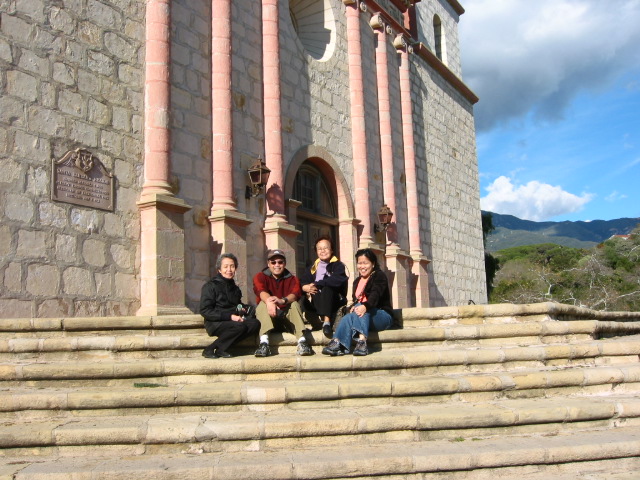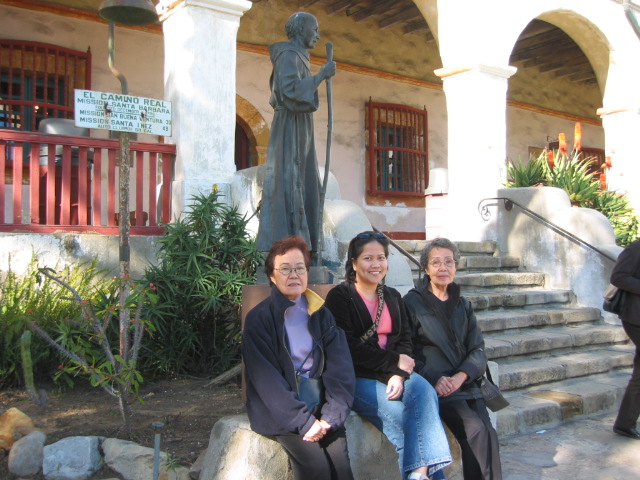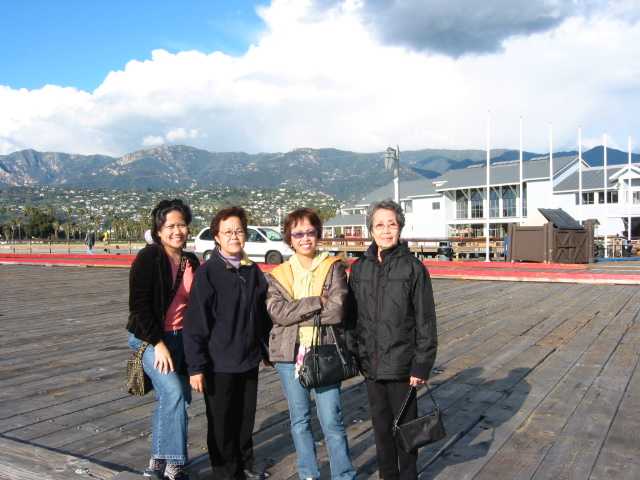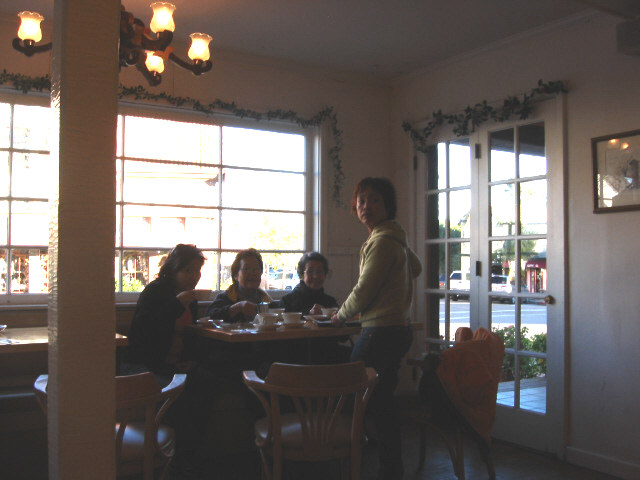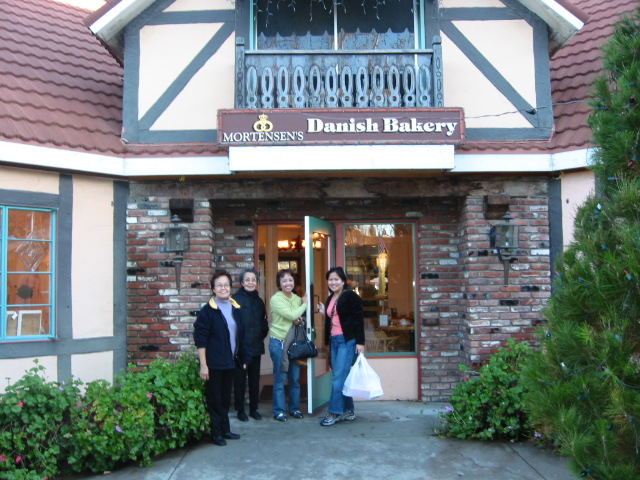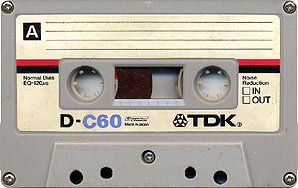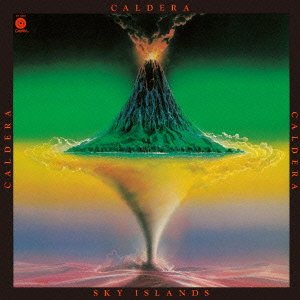He used to come often to our store/house in Baclaran (a ‘barangay‘ -smallest administrative unit of the government- in the then, town -now, city- of Paranaque, which is a mere 2.5 miles south of Manila) to visit his younger brother (my father) as well as to acquaint us with his latest interest — which was quite diverse.
Those years were in the 1970s and 1980s, when I was old enough to understand the things he discussed with my parents. It was also in those days that I was able to glean that he, not only was my uncle but also was my grandfather by co-sanguinity — his wife (whom we fondly called “Lola Paring“) being the aunt of my mother.
Most of the time that he was with us in Baclaran (and if I also happen to be at home), there was always a discussion -over cups of instant coffee- that centered on his vast array of interests: honey bees, silk culture, alfalfa, grapes, pigeon-breeding, vitamins, mushrooms, asparagus sprouts, oranges, and many other agri-related topics.
His interests and how he explained them to all of us were presented with such enthusiasm and persuasiveness that he was also able to convince my mother to sell the pure honey contained in ‘patis‘ (fish sauce) bottles in our store.
Every New Year’s Day, when he was still residing in Grace Park, Manila (part of what was then known as ‘Manuguit‘ or presently Jose Abad Santos Avenue in Manila’s Tondo district), our family made an annual trek to his house, as it was his birthday.
I used to recall those visits with great anticipation because they were one of those infrequent occasions when our store would be closed. Not only will we be free from store work for the entire day, but we will also always look forward to what Tata Fidel and his family will serve us that day with delight.
I especially loved the fried chicken, the “house special”, and the very delicious cakes and pastries they made.
I knew he was not a good cook, but it happened that one of their tenants in the mixed-apartment building they owned was a restaurant, and for a time, they also operated a small bakery in the same building. Hence, while there were plenty of good foods, “good talks” were also awash every New Year’s Day.
Growing up, he would badger me -as well as the rest of my siblings and cousins – to take up courses like orthodontics, X-ray technology, and baking, and constantly reminded me of the benefits of taking up short courses at trade schools like PCAT (the Philippine College of Arts and Trades, presently known as TUP, Technological University of the Philippines).
But what I remembered best about my Tata Fidel was his passion for exploring natural methods to stay fit, trim, and healthy. It was a natural diversion for him, having been a successful businessman who operated a battery repair/re-manufacturing shop and then an auto parts supply store in Pasay City immediately after World War II ended.
He also ventured into other businesses, including a small bakery and a garment factory, after semi-retiring in the early 1970s. These were not long after he ensured that his family was financially secure by making some brilliant real estate investments during the years they still operated the auto parts shop.
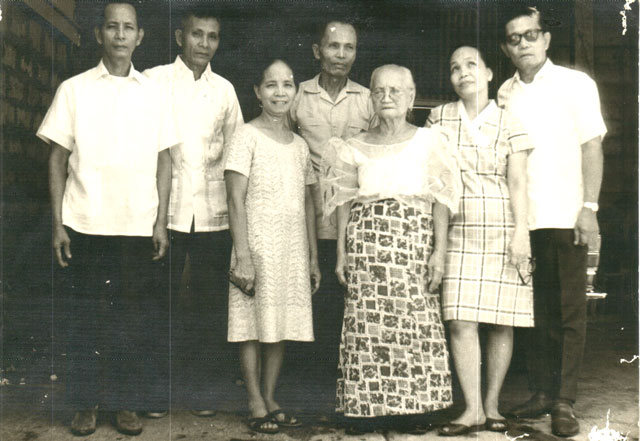
He was so passionate about health and organic foods that he bought a parcel of land in Plaridel in Bulacan province (adjacent to the Tabang Toll Booth on the North Expressway), so that he could put his interests into practice.
There, he planted (or tried his best) grapes, mushrooms, and asparagus (these were not known to grow very well in the country’s tropical climate — much more, in very humid Metro-Manila at that) as well as a variety of crops common in the region.
The place was a proverbial gardener’s paradise, with a modest house—made of wood, bamboo, and concrete—surrounded by all the greenery. He even had a ‘mini-lab’ in the basement of that house, where he kept his collection of seeds and various plants, whose names I didn’t even know existed in the Philippines.
Those were the days I remembered my Tata Fidel best. Except for a mild hearing loss that he remedied with the use of a hearing aid, he remained energetic, full of life, and still healthy, even in his early 80s. Still strong for his advanced age, he can still crush those bottle crowns with the force of his fingers, using only one hand, while I watched with awe. A feat I wasn’t able to accomplish at my relatively young age of around 30 back then.
The last time I had the chance to see him was in the late 1990s, a time when I was preparing to migrate to the U.S. I had the opportunity to accompany him to a drugstore to pick up some of his medications before he returned to Bulacan.
I did not bother to ask him what those medicines were for. And, didn’t I notice any changes in his health? He was, for me, the same strong and health-conscious man, continually lecturing me on the benefits of natural foods and organic medicine.
This year, about the middle of February, he was gone. This led me to wonder, once more, about life’s real meaning—the whys and hows of creation and death, and why we, mere mortals, have to endure all these events that seem to have happened before—in a never-ending circle.
What are we living for?
I may not be able to come up with an intelligent answer over the course of my own personal odyssey…in my very own lifetime. But I’m sure of one thing: life’s memories, for as long as one lives, linger on.
And, I’m also sure that my Tata Fidel had truly accomplished what he was here on Earth for.
NOTES: The picture above is their family portrait with Tata Fidel on the extreme right (with dark glasses). From left to right: Tata Kiko (+ -this author’s father), Tata Amado, Nanang Terya (+), Tata Ambo (+), Lola Belang, the family matriarch (+), Nana Oliva (+), and Tata Fidel (+). Not pictured is Tata Mundo (+).
2016 Update: In late August 2012, the author’s father, Tata Kiko, also passed away at the age of almost 94. He was born Oct. 12, 1918, in Hagonoy, Bulacan.
2020 Update: Tata Amado passed away in Talavera, Nueva Ecija, Philippines, in 2017, while Nana Oliva died peacefully in her sleep — late July 2020 in Cerritos, California.









